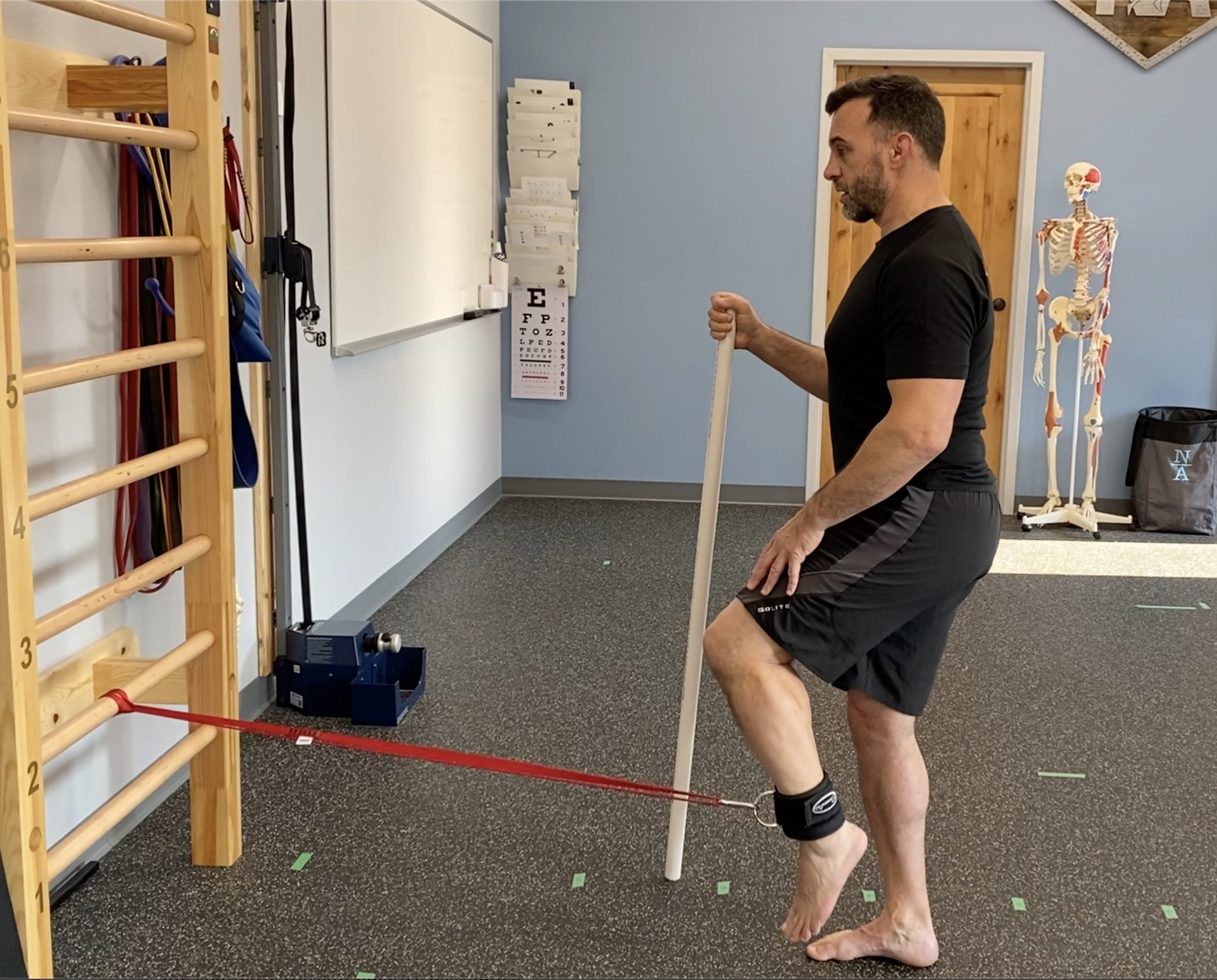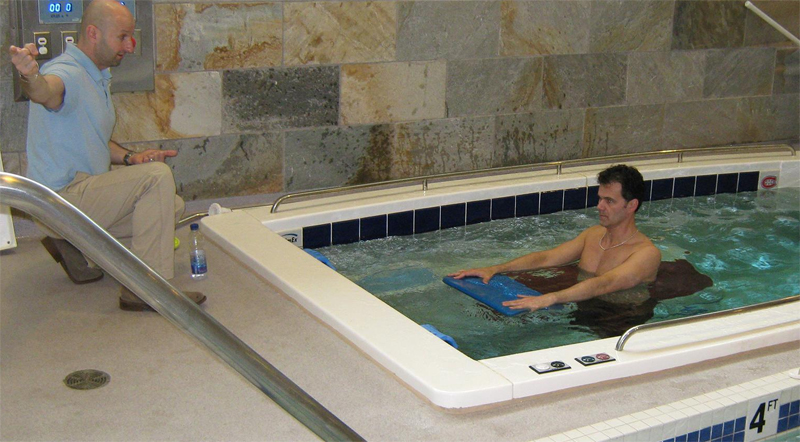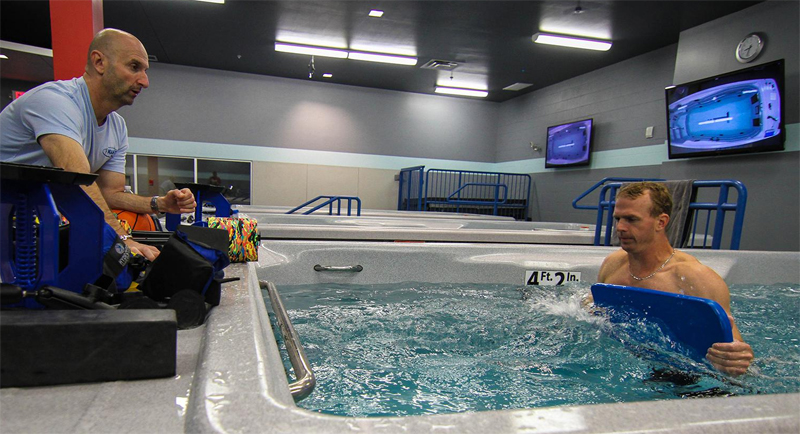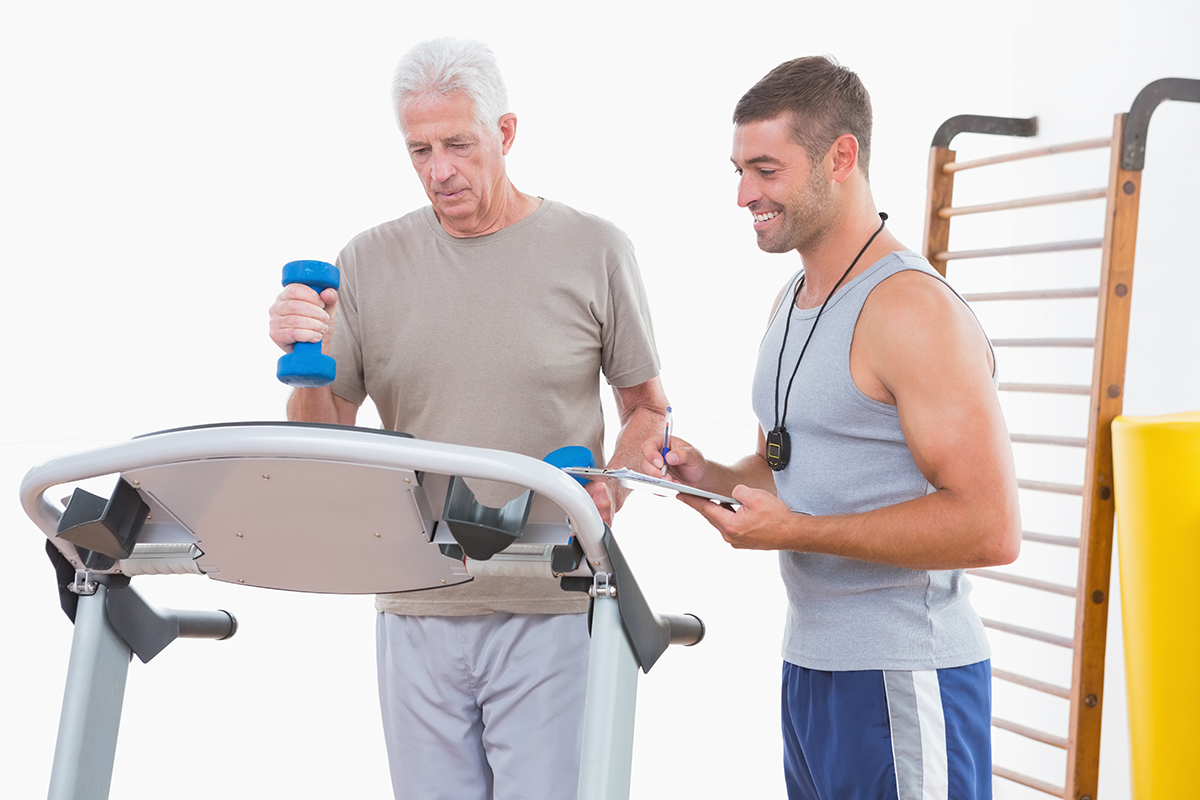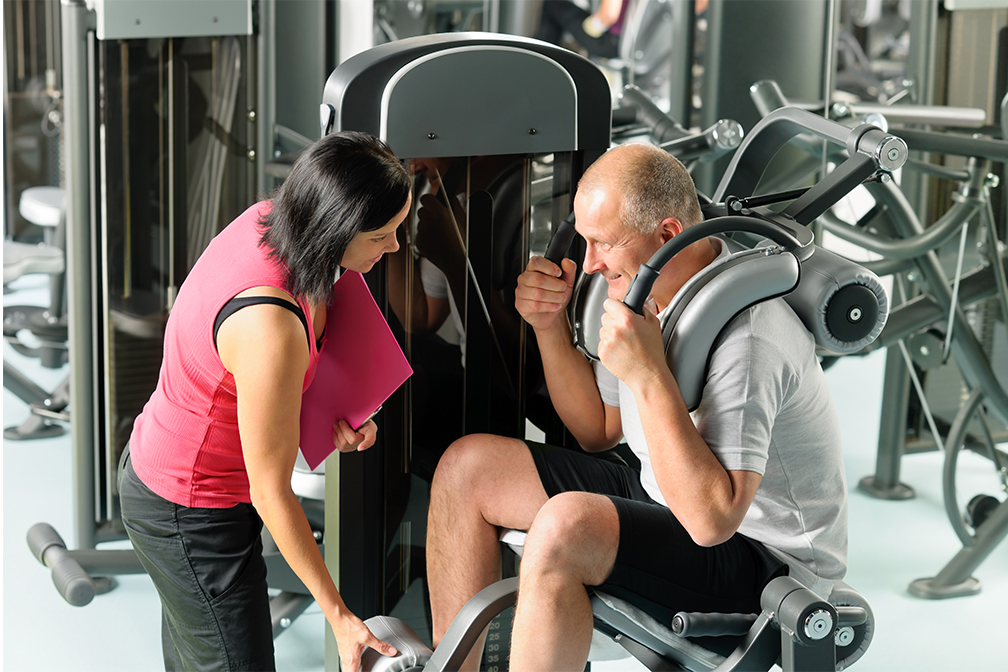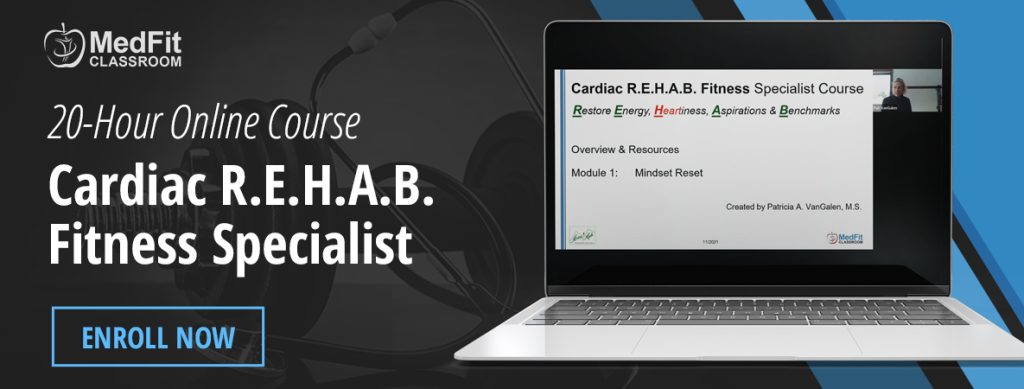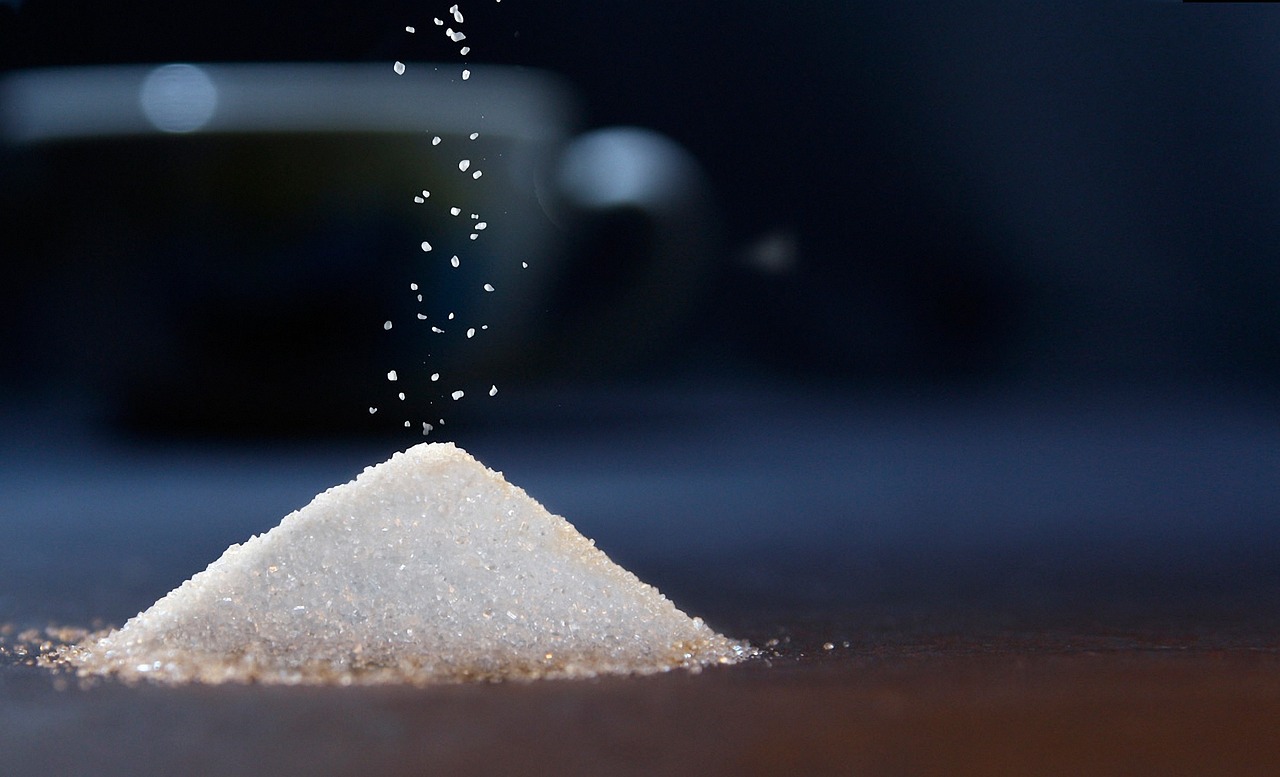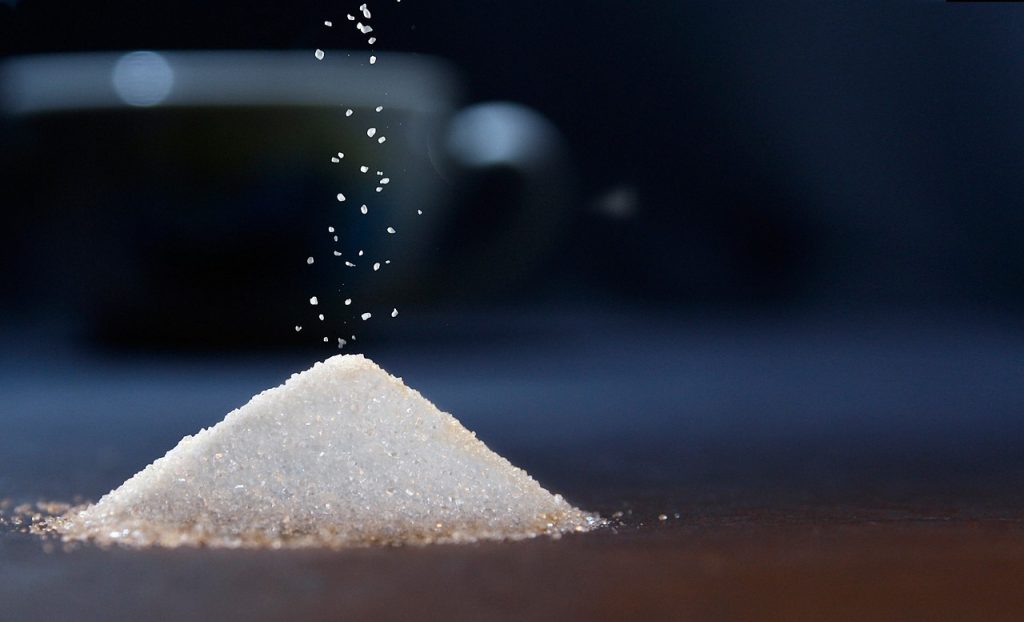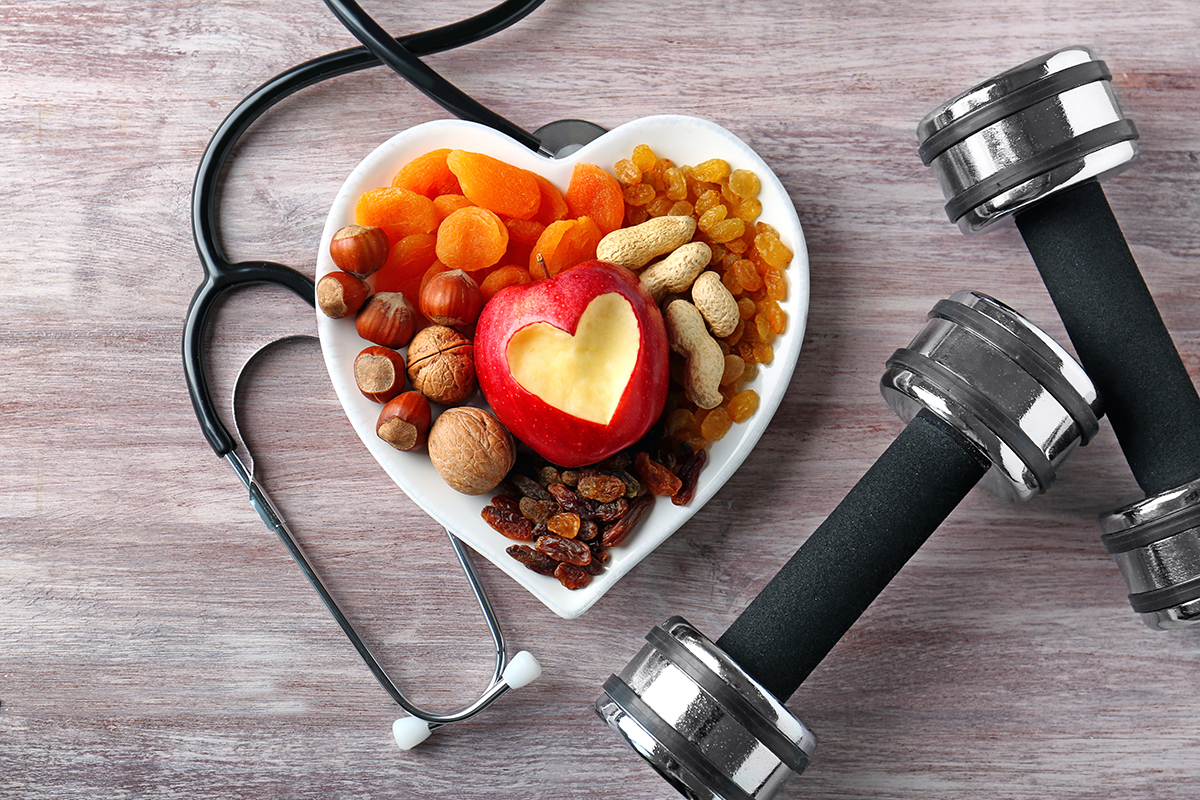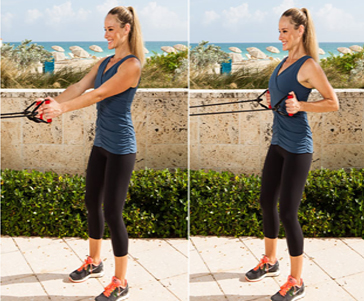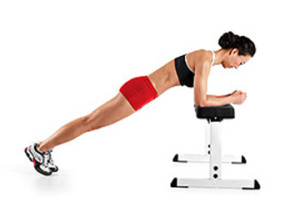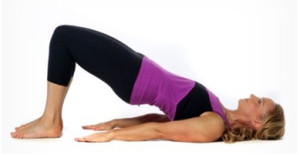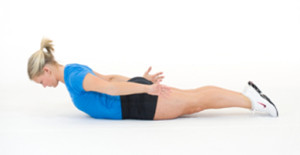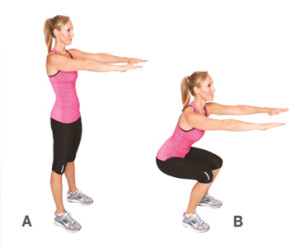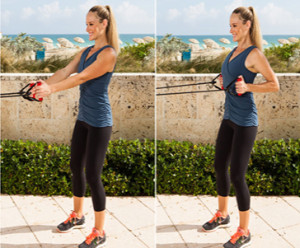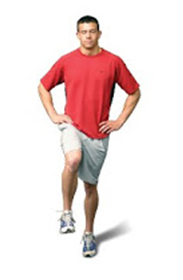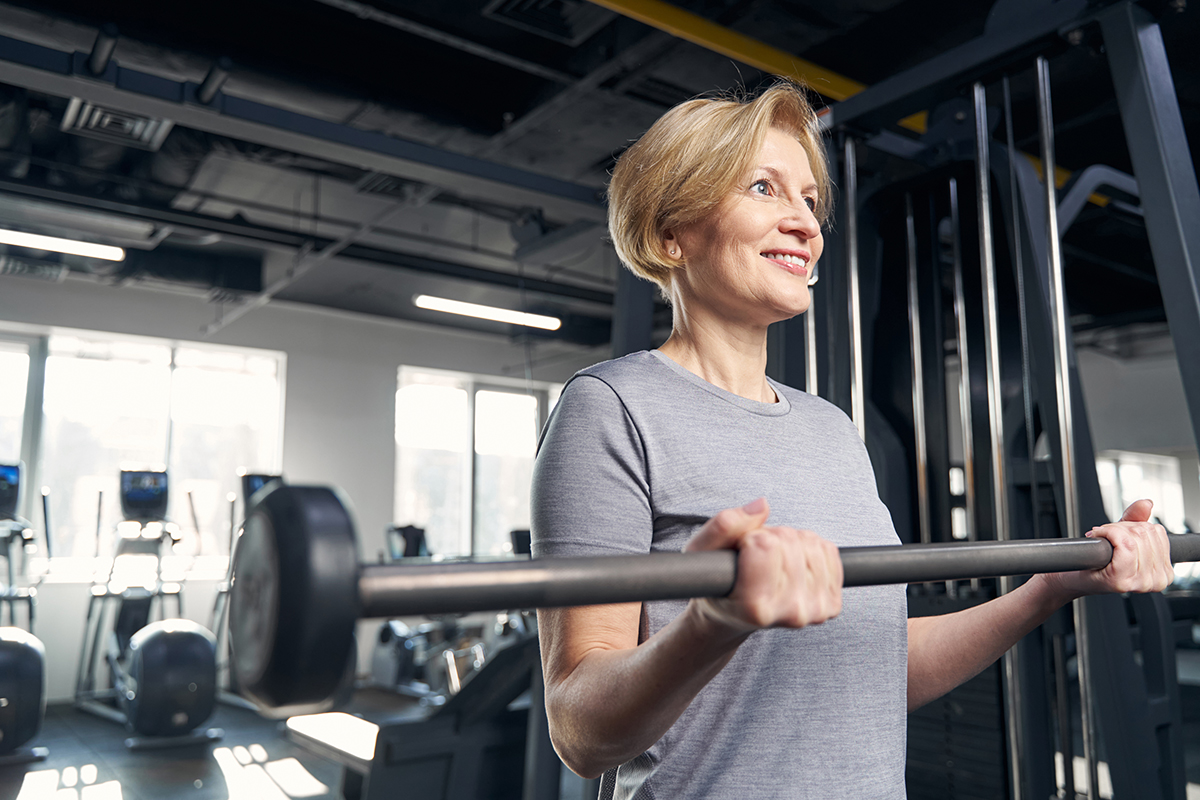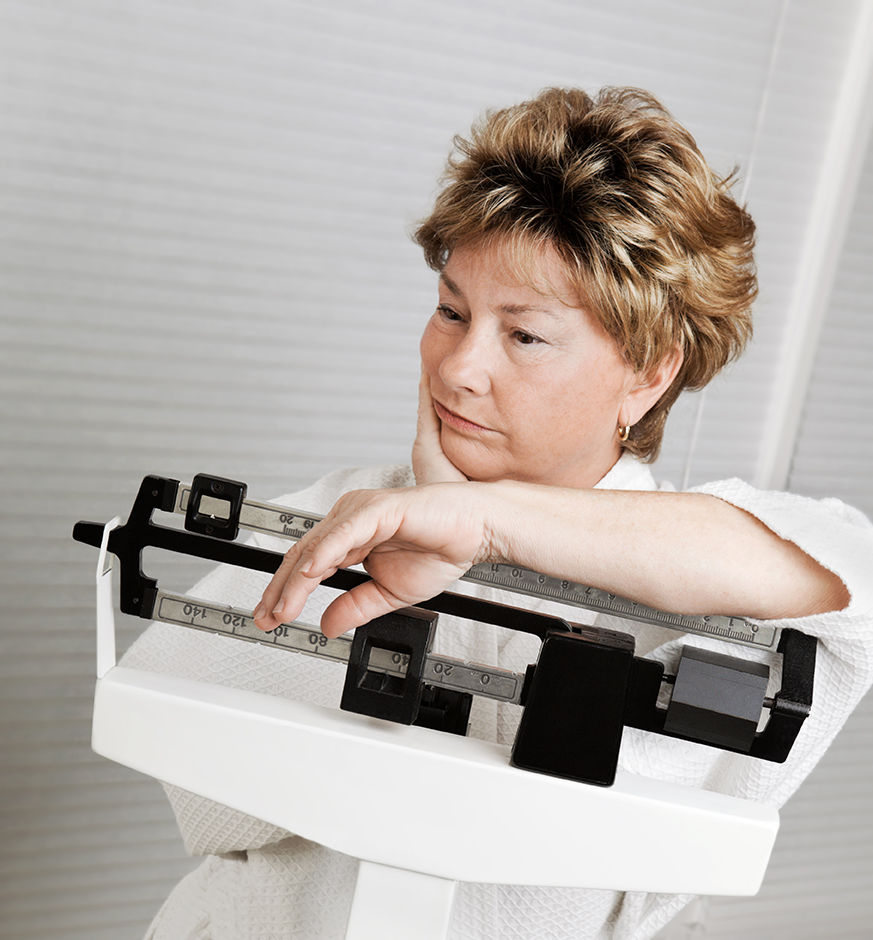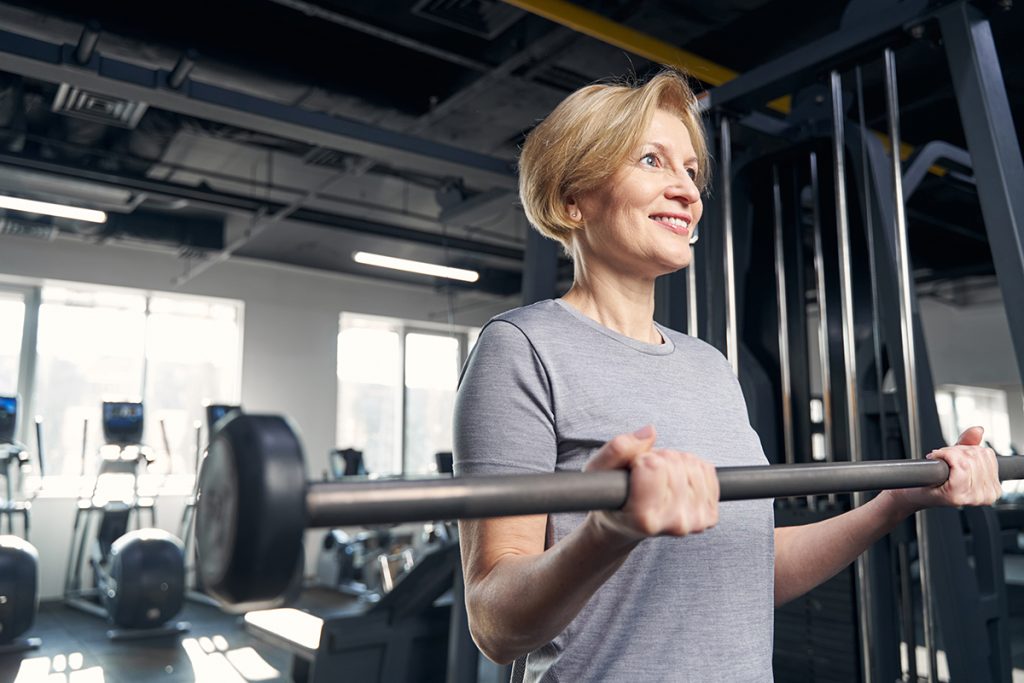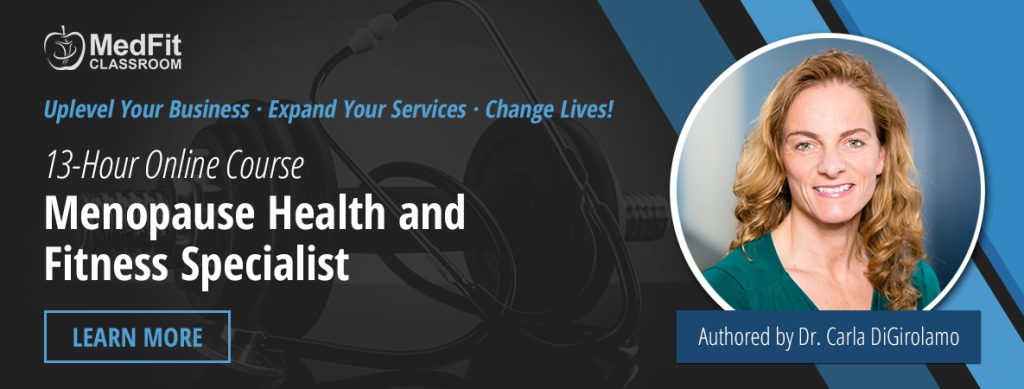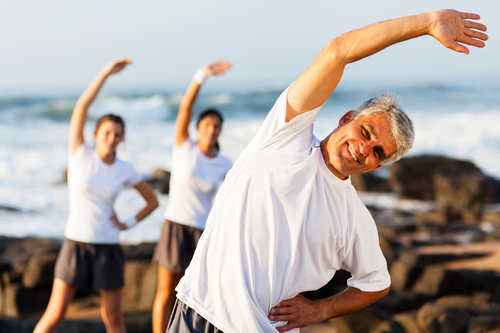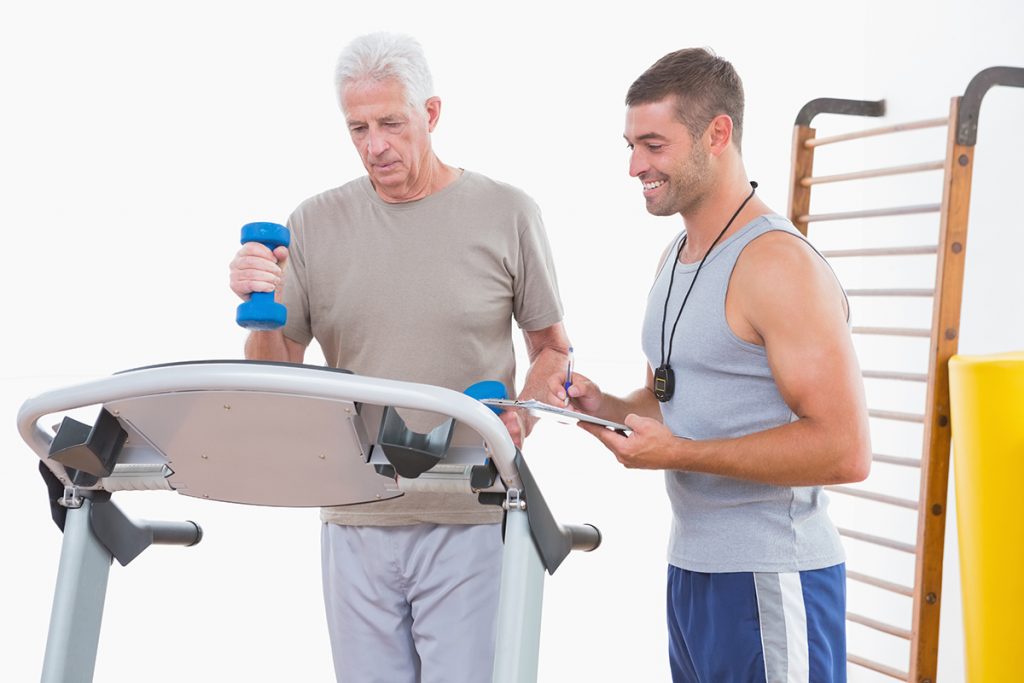The Importance of Isometrics for the Joint Replacement Client, Part 1
Isometric exercises are the most highly under-utilized form of exercise in fitness in general, but they are especially important in a medical fitness context. In this two-part blog series we’re going to discuss what isometrics are, why they are so good (especially for joint replacement fitness), and how you can use them.
In Part 1, let’s define what we are talking about.
What are isometric exercises?
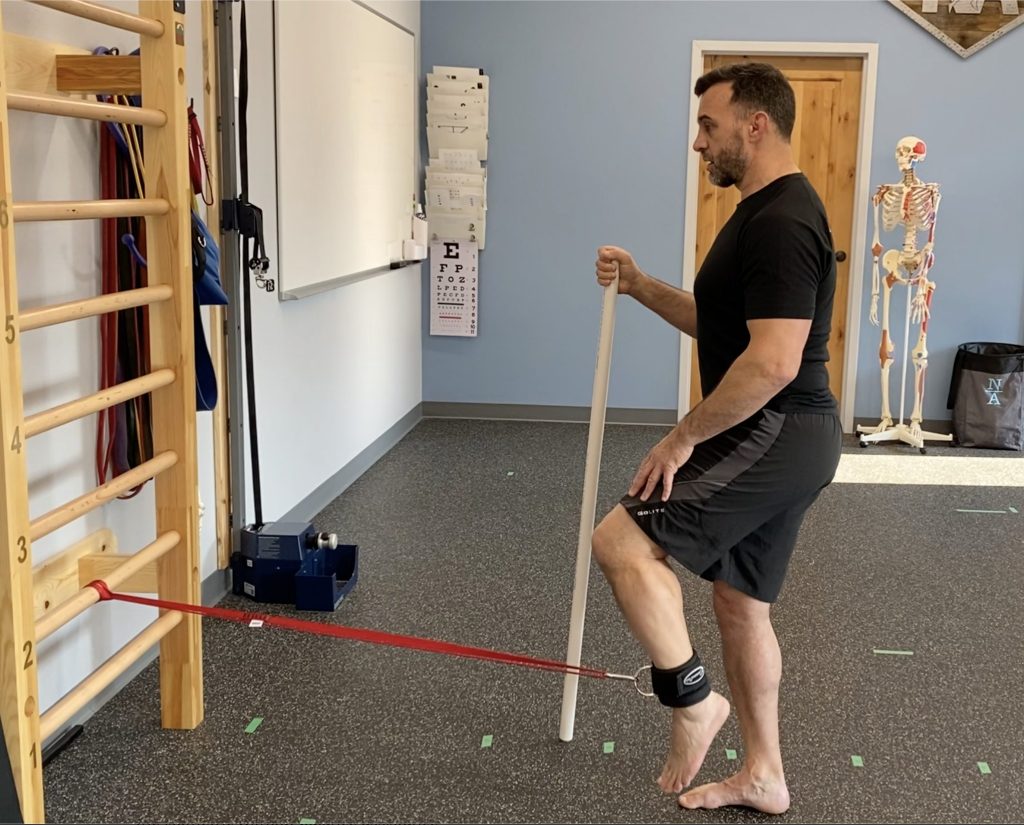
Isometric exercises utilize an isometric contraction of the muscle, which is a contraction in which the muscle is neither shortening nor lengthening as the muscle contracts. A concentric contraction is when the muscle belly is shortening as the muscle contracts (e.g., flexing the elbow as you raise the weight during a biceps curl). An eccentric contraction is when the muscle belly is lengthening as the muscle contracts (e.g., extending the elbow as you lower the weight during a biceps curl).
With isometrics we are contracting/flexing the muscle, but there is no movement (shortening or lengthening) of the muscle.
What are the types of isometric exercises?
There are many ways to do isometrics, but they all essentially fall into two broad categories:
Yielding isometrics
Yielding isometrics are when you are trying to resist a force, weight, or gravity. These are sometimes called “holding” isometrics. If you were a disruptive student in gym class as a kid, like me, you may fondly remember wall sits… a great example of a yielding isometric exercise.
With yielding isometrics, think deceleration. You are essentially fighting the eccentric (lengthening) contraction. Other examples include:
- Holding the top position of a chin-up for the back and biceps
- Holding the top position of a push-up for the chest and triceps
You do not have to be in the fully contracted position like the two examples above. Holding a mid-range position, like the wall sits example or holding a weight halfway through a rep range, would also be a yielding isometric.
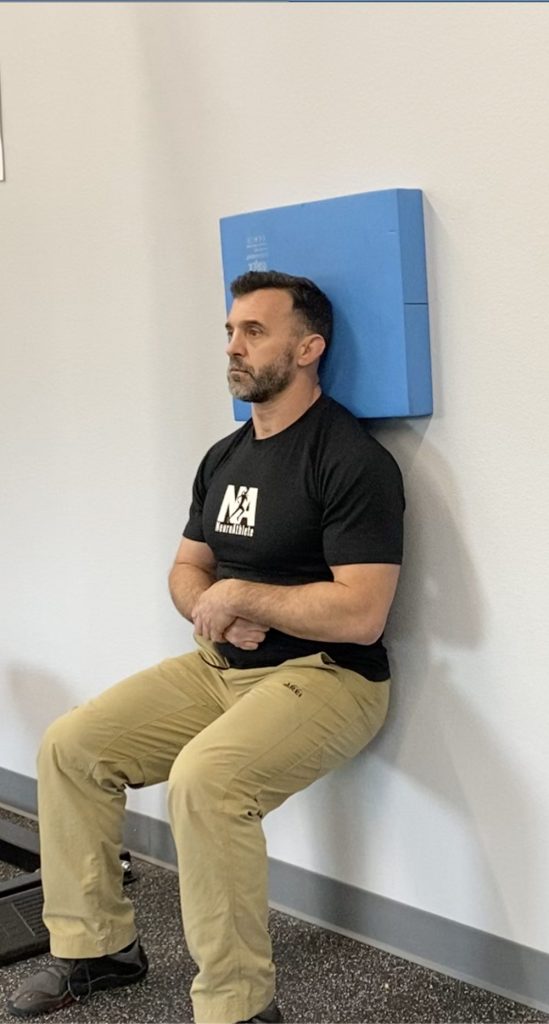
Overcoming isometrics
Overcoming isometrics are when you are trying to produce force against an object that will not move. These are sometimes called “pushing” isometrics.
With overcoming isometrics, think acceleration. You are engaging the concentric (shortening) contraction, but the shortening of the muscle is blocked by the immovable object (i.e., bar, strap, etc.). Using a hip belt connected to a strap you are standing on would be an example for a squat pattern. Other examples include:
- Pressing an unloaded barbell into the safety pins in rack (i.e., for bench press, squat, deadlift, etc.)
- Using an ankle cuff on the wrist or ankle attached to a strap (NOT a resistance band) and setting up a direction of push or pull so the strap resists your contraction
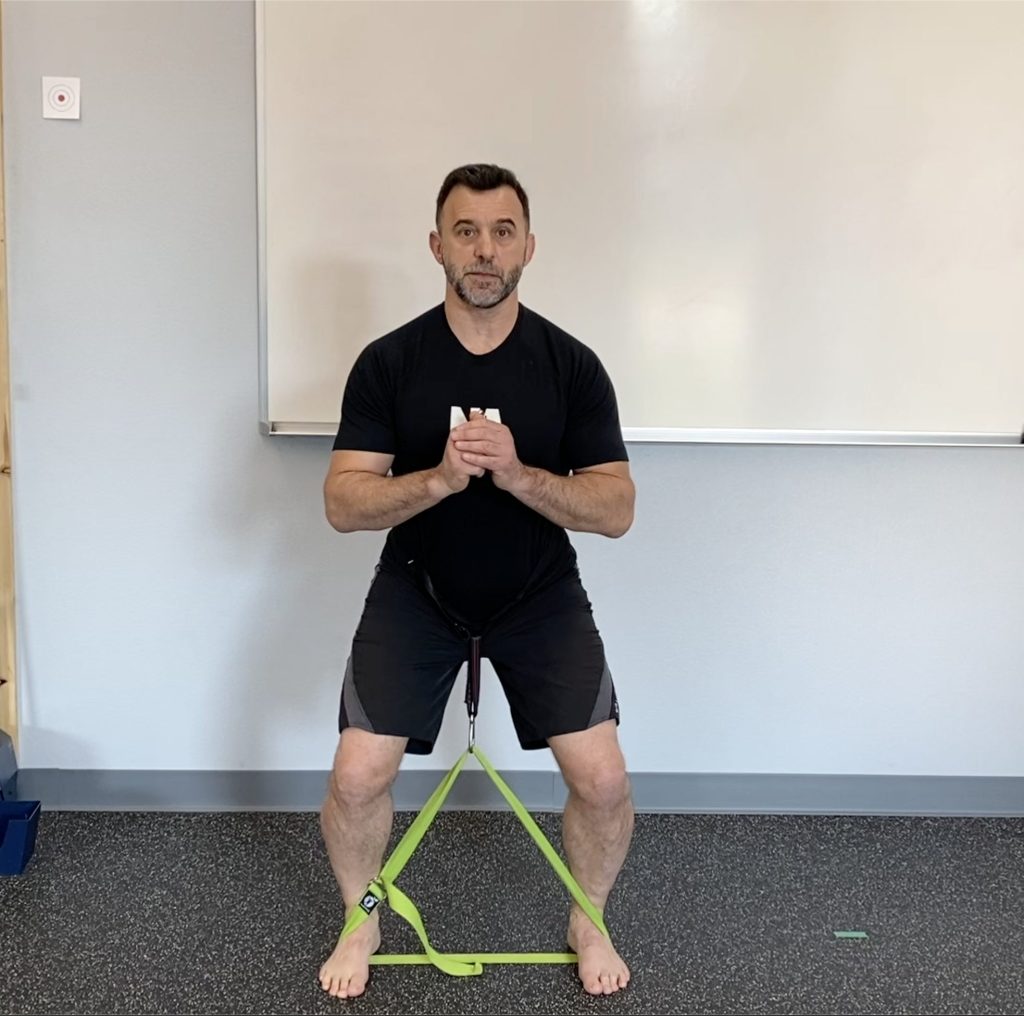
Which type of isometric is best for joint replacement clients?
Both types of isometrics are very useful for regaining muscular force production capability. Some studies have shown that under equal force generation, a muscle will fatigue faster during a yielding isometric, possibly due to the more complex neural control strategies involved.[1]
When choosing between the two types, consider the SAID Principle – Specific Adaptation to Imposed Demand. Does your joint replacement client most need to work on getting up out of a chair? If so, then overcoming isometrics will likely help them the most (more concentric contraction focused). Conversely, if they are having the most difficulty in descending stairs, yielding isometrics may be of more benefit (more eccentric contraction focused).
In Part 2, we’ll talk about the specific benefits of isometrics, especially for joint replacement clients, and ideas on how to use and program isometrics.
Continued Education for Fit Pros
Begin learning a neuro-centric approach to medical fitness and how to work with joint replacement clients with our Joint Replacement Fitness Specialist online course, available through the MedFit Classroom!

Pat Marques is a Z-Health Master Trainer and NSCA-CPT specializing in training the nervous system to improve performance and get out of pain. After retiring from the Active Duty Army, Pat pursued his education and certifications in exercise science, initially working with wounded, ill, and injured soldiers. During this time that Pat discovered the power of using a neurological approach to training to get out of pain and improve fitness and performance. He currently provides exercise therapy, movement reeducation, and strength and conditioning for all levels of clients at NeuroAthlete, from chronic pain sufferers to Olympic-level and professional athletes.
References:
[1] Schaefer, L & Bittmann, F. (2017). Are there two forms of isometric muscle action? Results of the experimental study support a distinction between a holding and a pushing isometric muscle function. BMC Sports Science, Medicine, and Rehabilitation, 9:11.

